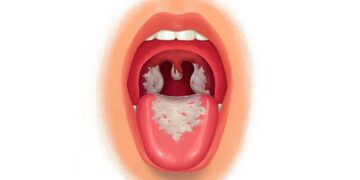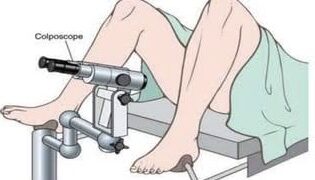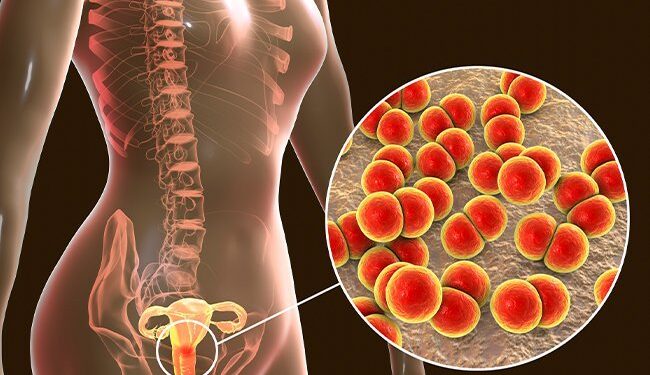hat To Know About Sexually Transmitted Diseases and Urinary Tract Infections
People frequently confuse Sexually Transmitted Diseases (STDs) and Urinary Tract Infections (UTIs), even though they are not the same.
The commonality of their symptoms, which include frequent urination, painful urination, foul-smelling urine, cloudy or dark urine, and pelvic pain, leads to this misconception.
STDs are contagious diseases that are transmitted from one person to another through sexual activity and other forms of sexual contact. STDs include HIV, chlamydia, genital herpes, genital warts, gonorrhea, hepatitis, syphilis, and trichomoniasis.
UTIs, on the other hand, are infections that affect any part of the urinary system, including the kidneys, bladder, ureters, and urethra. When bacteria build up in any of these places, UTIs develop.
Although the symptoms of the two diseases are nearly identical, there are significant differences between them.
The major distinctions between STDs and UTIs are listed below.
1. STDs are primarily caused by sex, whereas UTIs are caused by sex as well as other circumstances.
Aside from sex, diabetes, poor hygiene, kidney stones, tampon use, and menopause can all be causes of UTIs.
Skin-to-skin contact, syringe sharing, childbirth, and breastfeeding, on the other hand, can all lead to STDs.
2. UTIs are caused by bacteria, whereas STDs are caused by bacteria, viruses, and a variety of other microorganisms.
STDs are caused by bacteria, viruses, parasites, and other microorganisms, but only bacteria cause UTIs.
3. UTIs only affect the urinary system, whereas STDs affect the entire body.
When you have UTIs, the urinary system, which includes the kidney, ureters, bladder, and urethra, is most affected.
On the other hand, STDs affect the genitals, reproductive tract, urinary tract, oral cavity, and anus, and, in severe cases, can spread to other organs and systems.
4. Women are more susceptible to UTIs.
Due to their shorter urethra, women are more susceptible to UTIs than men. However, both men and women can contract STDs if they engage in unprotected sex or have skin-to-skin contact with an infected person.
5. UTIs are curable, but STDs aren’t always.
UTIs, if detected early, can be cured within 2 to 3 days of treatment, whereas STDs take longer.
Furthermore, STDs caused by viruses such as herpes or HIV are incurable.
If you have any of the symptoms of an STD or UTI, you should see a doctor for proper diagnosis and treatment.





































